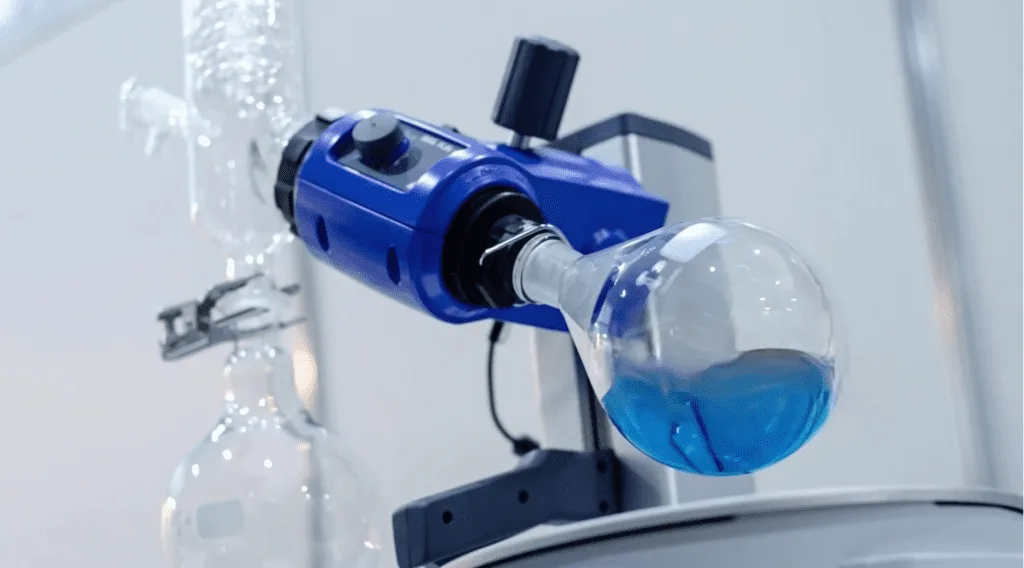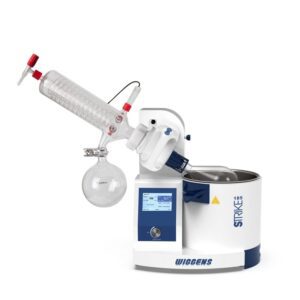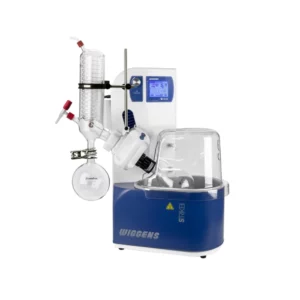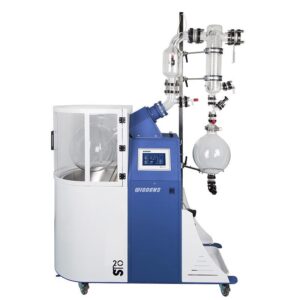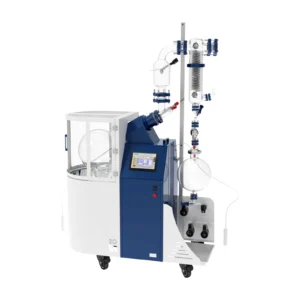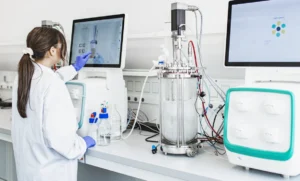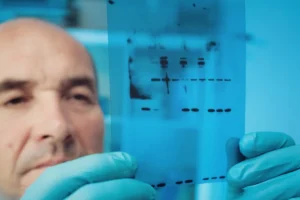Rotary evaporators, commonly known as rotavaps, are essential laboratory equipment used for solvent evaporation in various scientific and industrial applications. Whether in South Africa or worldwide, researchers and technicians rely on these systems to efficiently separate solvents under reduced pressure. Choosing the right rotary evaporator depends on multiple factors, including capacity, vacuum control, glassware setup, and automation features.
This article explores key aspects of rotary evaporators, helping you understand their technical specifications, selection criteria, and applications. If you’re looking for reliable models, Apex Scientific offers Wiggens rotary evaporators suited for different lab requirements.
Key Features of Laboratory Rotary Evaporators
1. Manual Lift vs. Motor Lift
A crucial factor in selecting a rotary evaporator is the lifting mechanism. Two common options include:
- Manual Glassware Lift – Users typically turn a knob, crank, or lift a lever to raise or lower the flask.
- Motor Lift – Uses a motorized mechanism to raise and lower the flask smoothly, preventing sudden drops that could cause sample loss or breakage.
Both lifting mechanisms enhance ease of use, but motor lifts provide extra safety and precision, especially in automated setups.
2. Digital Display for Precision Control
Modern rotary evaporators feature digital displays, offering real-time monitoring of parameters such as:
- Rotation Speed – Controls the speed of solvent evaporation.
- Temperature – Displays bath temperature for precise heating.
- Vacuum Pressure – Ensures optimal solvent removal efficiency.
Digital control panels make laboratory workflows more efficient and reduce manual adjustments.
3. Integrated Vacuum Control & Vapor Pressure Monitoring
Controlling vacuum pressure is essential in rotary evaporation, affecting evaporation efficiency and solvent recovery. Advanced models offer:
- Integrated Vacuum Control – Adjusts pressure settings automatically to maintain stable evaporation
- Vapor Pressure Monitoring (with Optional Probe) – Optimizes vacuum conditions based on the solvent’s properties, reducing bumping and ensuring consistent results.
For high-precision applications, using a vacuum pump with a compatible rotary evaporator enhances process efficiency.
4. Vacuum Pump & Chiller Options
A rotavap works best when paired with the right vacuum pump and chiller:
- Vacuum Pump – Lowers boiling points, allowing solvents to evaporate under reduced pressure.
- Chiller – Cools the condenser coil, ensuring efficient solvent condensation and collection.
When selecting these accessories, ensure they match the rotary evaporator’s specifications to avoid inefficiencies.
5. Vacuum Control Options
Vacuum control is available in different configurations:
- Manual Vacuum Control – Basic knob adjustments for pressure regulation.
- Digital Vacuum Control – Precise electronic adjustments with real-time pressure readings.
- Programmable Vacuum Controllers – Automated vacuum profiles for multi-step solvent removal.
For applications requiring consistency and reproducibility, digital and programmable options are ideal.
6. Different Glassware Setups
The type of glassware impacts the efficiency and safety of solvent evaporation. Common configurations include:
- Vertical Glassware – Saves space and is ideal for general solvent evaporation.
- Slanting Glassware (Steam Rising & Steam Sinking) – Improves evaporation efficiency by directing steam movement based on solvent properties.
- Plastic-Coated Glassware – Adds a protective layer to prevent breakage and improve chemical resistance.
Choosing the right rotary evaporator glassware setup ensures optimal performance and safety.
7. Protective Shield for Water Bath Safety
Water baths in rotary evaporators heat the sample flask, but exposure to open heat sources can be hazardous. A protective shield:
- Prevents accidental burns or spills.
- Reduces heat loss for energy-efficient operation.
- Enhances lab safety by minimizing direct contact with the bath.
Laboratories handling sensitive samples should prioritize models with built-in protective shielding.
Selecting the Right Rotary Evaporator
When choosing a rotary evaporator, consider:
- Capacity Requirements – Standard lab models handle up to 5L, while large-capacity rotary evaporators support volumes exceeding 10L.
- Automation Level – Automated features like motor lifts and vacuum controllers improve efficiency.
- Glassware Compatibility – Ensure the condenser and receiving flasks match your solvent recovery needs.
- Heating System – Consistent temperature control is essential for solvent evaporation.
To explore models that fit your needs, visit our rotary evaporators product page.
Applications of Rotary Evaporators
Rotary evaporators are widely used in industries such as:
- Pharmaceutical Research – For solvent removal in drug synthesis.
- Botanical Extraction – Essential in cannabis oil and essential oil processing.
- Chemical Manufacturing – Used for purification and concentration of chemical compounds.
- Food & Beverage Industry – Applied in flavor extraction and distillation.
For labs in South Africa, Apex Scientific supplies high-performance Wiggens rotary evaporators to support these applications.
Conclusion
Selecting the right rotary evaporator ensures efficient solvent evaporation, precise vacuum control, and safe laboratory operations. Features like motor lifts, digital displays, integrated vacuum control, and protective shielding enhance workflow efficiency and safety.
For premium-quality rotary evaporators in South Africa, explore Apex Scientific’s selection or visit Wiggens for more information on available models.

